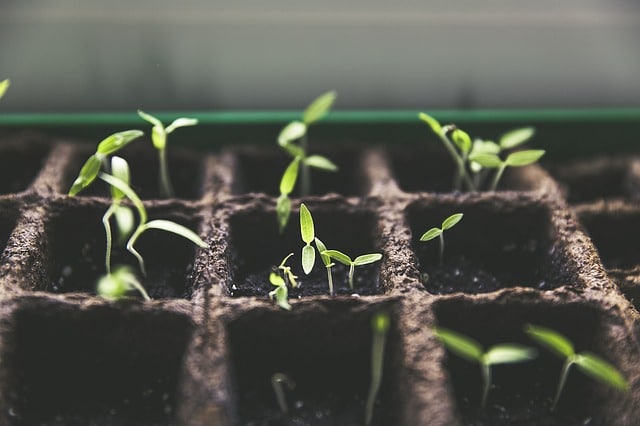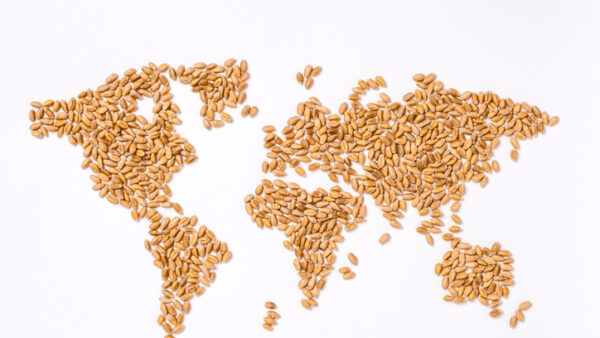Debates in society about gene editing and cisgenesis revolve next to ethics and corporate control around safety. “Can we guarantee that the varieties coming out of the technology are safe for man and environment?” is the question that we often get. The word ‘safe’ is a complex one, and ‘guarantee’ even so. National regulatory formulations may differ, but obviously, every producer is responsible for the safety of their products. However, breeders have not been bothered by that responsibility much until genetic modification came along, when extensive tests were introduced to test safety.
But, can we guarantee (!) that our products are safe? Biology does all kinds of awkward things (it even created the human species . . . ). We are a very long way from understanding all metabolic pathways, all GxE interactions, or even all chemical compounds in plants. With the testing protocols for GMOs society created a standard for safety, but a safety-guarantee is impossible. Science philosophers have clearly indicated that it is possible to prove that something is not safe – there is no scientific methodology to prove safety. That is true for genetic modification (or gene editing for that matter) but also for conventional plant breeding.
Since biology is complex and unpredictable, why then have we not run into all kinds of food safety issues in plant breeding over the past 150 years (let’s assume that scientific breeding started with Mendel)? Is it because nature is so benevolent? Is it because our knowledge of plants is so deep that we know all risks? Or is something else at play?
First – nature is by definition dangerous. Plants in nature that protect themselves through physical (thorns, hairs, cell wall characteristics), chemical (toxins, attractants, repellents) or biochemical/genetic (resistances, CRISPR) means have a competitive advantage in evolution. Mankind has avoided the first two mechanisms to a large extent when selecting the plants for domestication. Still, we eat cassava with cyanide, beans with lectins and quinoa with saponins, but luckily, we have learned to process such foods to avoid intoxication.
With regard to our knowledge of biology, we know that mutations occur every day during but also after variety development. These may create new or divert existing metabolic pathways in the cell, which may finally produce toxins or allergens. Such unexpected effects may also occur with new farming systems (e.g. fertilization) or food processing methods.
We have not encountered major food safety crises as a result of plant breeding – possibly with the exception of a recent casualty in Germany of a person dying of eating too much of his home-bred squash. The answer is that apparently plant breeding is safe by design. Professional breeders know their crop – they know when toxins occur in the genus that they work with. For example, potato (nightshade family) breeders know that they may run into trouble when crossing with wild Solanum species. In the Netherlands, breeders have introduced a standard for solanine levels in the variety release procedure for this reason. Secondly, haphazard emergence of toxins in food crops apparently does not happen. I guess that this is because mutations that would induce such pathways would likely also create other ‘off type’ characters that the breeder will identify in the selection processes. In addition, such extra pathways would likely come at a cost to the plant. They likely don’t stand a chance in yield trials, so, opposite to nature, such plants do have an evolutionary disadvantage in breeding.
What do we learn from this? Breeding has proven to be safe over many years and using a variety of breeding techniques. If breeding does not produce any completely novel plants that could not develop through conventionally used breeding methods, and when the breeding system continues to involve breeders with plant (taxonomy) next to (bio)technological knowledge, and uses several field trials before a new variety is released to farmers, then we should be able to confidently accept our responsibility to produce safe products.
When, despite that, society wants extensive genetic and biochemical tests, let alone feeding trials, for products of gene editing, society should realise that this may provide a safe feeling rather than a safety guarantee. Since such varieties are not substantially different from conventionally bred ones, it would then be logical to apply such tests to all new varieties (in The Netherlands over 2000 each year). Society then has to realise that consumers finally bear the costs, accept that fewer varieties (biodiversity) will be released and that fewer breeders will be able to deal with the legal and financial complexities of such tests.
How safe is plant breeding really? Guarantees do not exist in biology, but the risk assessment that breeders, implicitly or explicitly apply has proven that we operate very responsibly.













